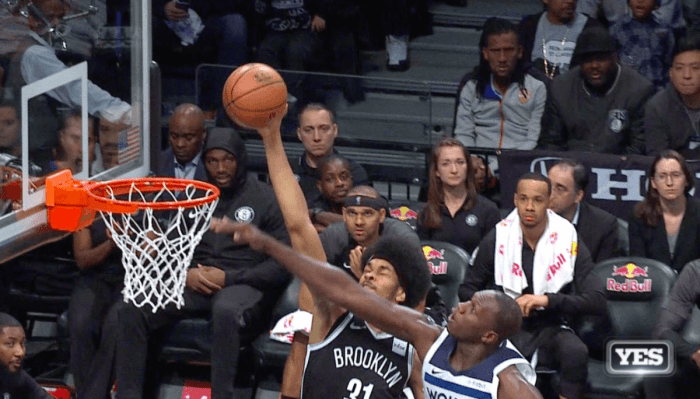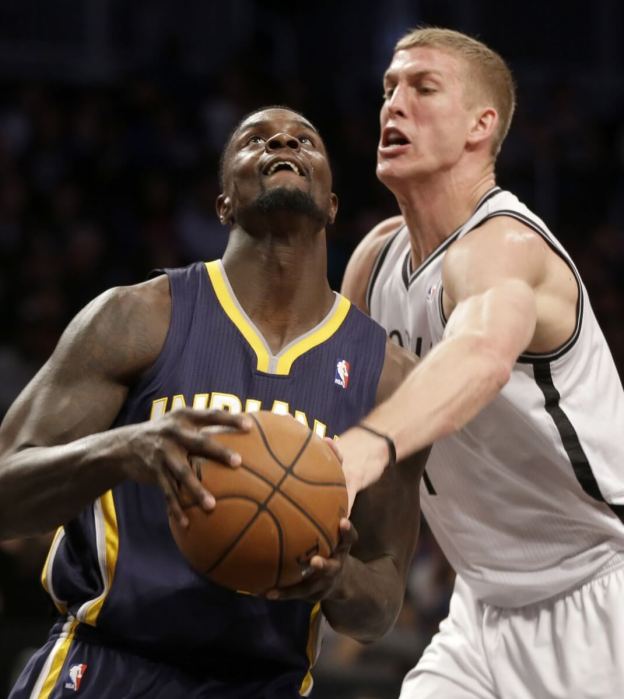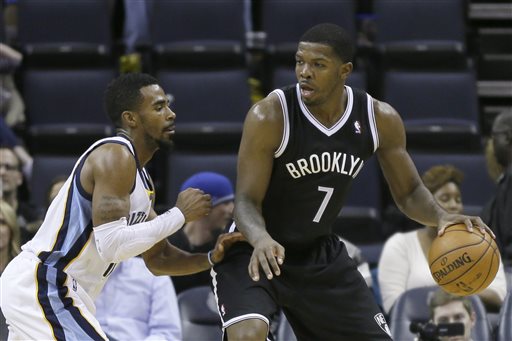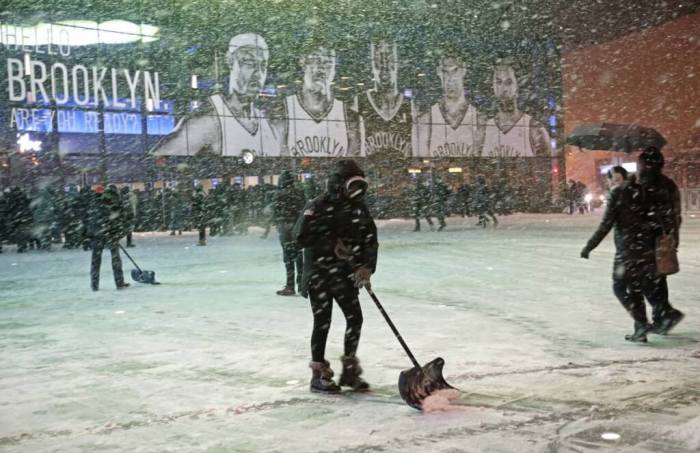I have to admit: Keith Van Horn influenced my life in two distinct ways. First was my decision to copy Mr. Van Horn’s knee-high sock style choice (see above) during my hoop playing career. Second, and arguably the more important influence, was my decision to become a Nets fan.
I can’t quite say for certain what led me to first start liking Van Horn. Being a guard myself, I typically tended to gravitate my rooting interests to the point guards, but for some the 6-10 forward stood out. It was 1997 and basketball was just becoming important in my life. I watched the NCAA tournament in the years prior, but by ’97 sports and basketball specifically were starting to mean something more to me.
Led by Van Horn and point guard Andre Miller, the Utah Utes made an impressive run to the Elite 8 of the 1997 NCAA tournament. Following that, Van Horn was drafted #2 overall to the Philadelphia 76ers, before being traded on draft day to the Nets in a deal that also brought over Lucious Harris.
With Van Horn being my favorite player and the Nets my hometown team, I was able to follow his career closely and thus slowly morph into not just a Van Horn fan, but a Nets fan.
Van Horn himself was a pretty flummoxing player. Due to his enormous success in college and his sweet stroke, Van Horn came into the NBA with some heavy expectations. His pre-draft workouts were scintillating: Denver Nuggets general manager Allan Bristow said Van Horn’s audition for the Nuggets was the most impressive he had seen since Larry Johnson’s workout for the Charlotte Hornets (whom Bristow coached in 1991). “He’s pretty much the complete package,” said Bristow. “He’s a great shooter, and he has great strength going to the basket.”
 Due to his size, shooting stroke, and skin pigment, Van Horn was dubbed “the next (who else?) Larry Bird.”
Due to his size, shooting stroke, and skin pigment, Van Horn was dubbed “the next (who else?) Larry Bird.”
While those expectations may have been slightly unfair, Van Horn proved in his first two seasons that he could be a force in the NBA. With a cast of veterans around him such as Sam Cassell and Kendall Gill, young Van Horn was able to concentrate his efforts on the offensive end. In his second season, Van Horn averaged 21.8 ppg, good for fifth in the league. The Nets seemed to be a team on the rise, with Van Horn at the epicenter.
That all changed in 1999 when the Nets traded Sam Cassell for young, flashy point guard Stephon Marbury. Marbury’s city bravado meshed with Van Horn’s mormon humbleness about as well as oil and water, Derrick Coleman and diets, Knicks fans and the threat of Brooklyn.
Amid other factors, Marbury’s ball domination caused Van Horn’s numbers to dip and the Nets losses to rise. Van Horn’s production in his final two seasons with the Nets never quite matched as his first three. He didn’t pan out the way we thought following those enormous expectations.
Nonetheless, Van Horn was one of the most productive Nets players ever. In his career, KVH finished in the Nets top ten in: points, field goals made, three point field goals made and attempted, free throws made and attempted, and offensive and defensive rebounds. He acted as a key cog in the 2002 Finals run and made Jayson Williams utterly swoon in his book “Loose Balls.” Seriously, just read it.
So sure, maybe Van Horn didn’t become the next Larry Bird. But there was only one Larry Bird. At the end of the day, Keith Van Horn had a solid NBA career, and a memorable Nets one.



















